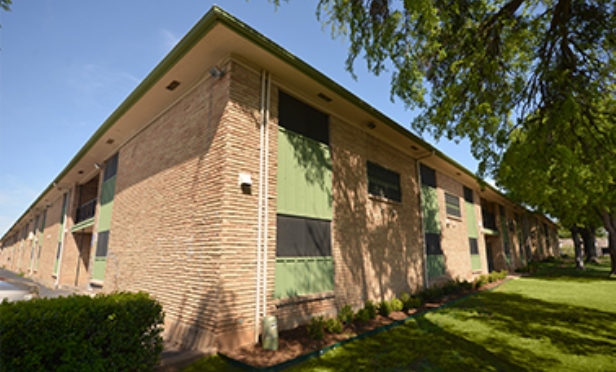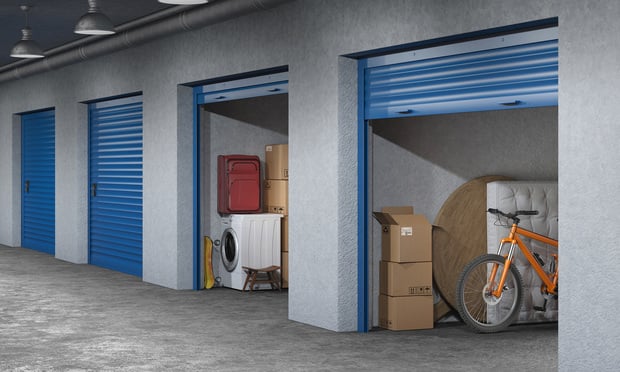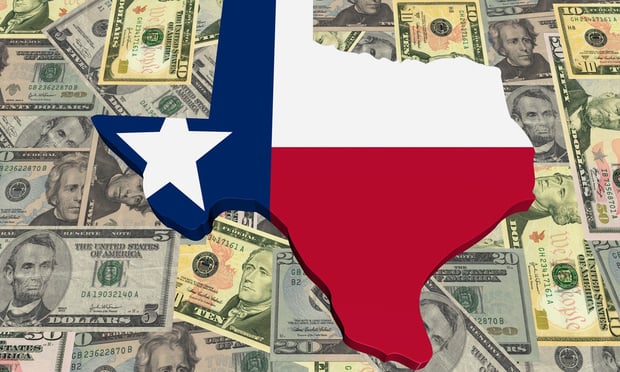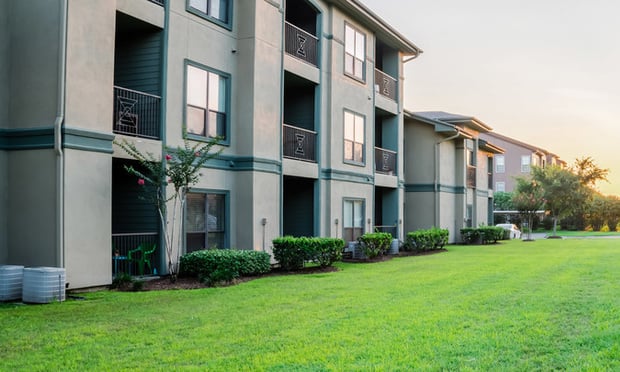
DALLAS—Between 2011 and 2015, suburban areas gained renter households at a faster pace than principal cities in 19 of the 20 biggest US metros, according to the most recent analysis of Census data. It may be because life in the burbs is cheaper or because infrastructure, amenities, and access to jobs and public transit have much improved in recent years. Either way, one thing is certain: the suburbs are becoming attractive again, and the number of renters is growing there much faster than in the cities, according to RENTCafé.
During the post-recession rental boom, it appeared that millennial renters were flocking to urban cores. The trend was backed up by news of declining homeownership rates and urban apartment construction at record-high levels. However, urban areas have not gained as many new renters as expected.
As crowded urban areas are topping out in occupancy and prices, more renters are choosing the suburban life, with its landscaped, family-friendly, garden-style apartment communities. Some of the main reasons that people choose the suburbs are the schools are generally better, the communities are quieter and rents are typically cheaper.
In fact, when analyzing the average rents in the Yardi-Matrix database in the 20 largest US metros, an average of rent prices in suburbs versus cities shows that renters save about a month worth of rent in one year if they rent in the suburbs (or about 11%). Although in some metros such as Dallas, Houston or Denver, the price difference may not be very big, it's still cheaper to rent in the suburbs. For people who are on a budget, any savings can play a role in deciding where to rent.
At the metro level, the largest numbers of new renter households were recorded in suburban Riverside, CA (added a whopping 60,500 renter households versus only 18,000 added in the city), suburban Chicago (added 57,500 renter households versus only 37,000 in the city), suburban Miami (added 56,800 renter households versus only 27,000 in the city), suburban Dallas (added 52,600 renter households, but also 57,700 in the city, a percentage increase of 17% and 11% respectively), GlobeSt.com learns.
Another pro in the suburban column is that the suburbs now offer a wider range of rental options, aside from low and mid-level apartments. Many suburban developers have been raising the bar by building higher-end suburban garden-style apartment communities with luxury features rivaling those more likely in city high-rises.
However, unlike urban areas, which have been flooded with new apartments during the last few years, much less have been built in the surrounding suburbs. During the 2011 to 2015 time frame, in the 20 metros studied, a total of about 300,000 new apartments were built in urban areas versus approximately 180,000 in suburban areas, according to Yardi Matrix. During this period—which overlaps with the apartment market boom—city apartment construction was up 224%, while suburban construction was up 146%. Many experts are saying that suburban apartment markets are poised to become the next hot thing in multifamily, boosting suburban apartment construction in the upcoming years.
One recent example of the appeal of suburban properties is just outside the downtown sphere, French Colony, an 94-unit multifamily property. Built in 1964, the property sits in an ideal location near major thoroughfares I-30 and I-35, providing residents and commuters easy access to downtown Dallas.
Greysteel has been named exclusive advisor and agent by a private local investor for the sale of the property, led by managing directors, Boyan Radic and Doug Banerjee.
“Average rental rates are 7.4% below market rental rates,” says Banerjee. “This presents a great opportunity for new ownership to make minor interior improvements to push the rent levels up to market upon lease turn.”

DALLAS—Between 2011 and 2015, suburban areas gained renter households at a faster pace than principal cities in 19 of the 20 biggest US metros, according to the most recent analysis of Census data. It may be because life in the burbs is cheaper or because infrastructure, amenities, and access to jobs and public transit have much improved in recent years. Either way, one thing is certain: the suburbs are becoming attractive again, and the number of renters is growing there much faster than in the cities, according to RENTCafé.
During the post-recession rental boom, it appeared that millennial renters were flocking to urban cores. The trend was backed up by news of declining homeownership rates and urban apartment construction at record-high levels. However, urban areas have not gained as many new renters as expected.
As crowded urban areas are topping out in occupancy and prices, more renters are choosing the suburban life, with its landscaped, family-friendly, garden-style apartment communities. Some of the main reasons that people choose the suburbs are the schools are generally better, the communities are quieter and rents are typically cheaper.
In fact, when analyzing the average rents in the Yardi-Matrix database in the 20 largest US metros, an average of rent prices in suburbs versus cities shows that renters save about a month worth of rent in one year if they rent in the suburbs (or about 11%). Although in some metros such as Dallas, Houston or Denver, the price difference may not be very big, it's still cheaper to rent in the suburbs. For people who are on a budget, any savings can play a role in deciding where to rent.
At the metro level, the largest numbers of new renter households were recorded in suburban Riverside, CA (added a whopping 60,500 renter households versus only 18,000 added in the city), suburban Chicago (added 57,500 renter households versus only 37,000 in the city), suburban Miami (added 56,800 renter households versus only 27,000 in the city), suburban Dallas (added 52,600 renter households, but also 57,700 in the city, a percentage increase of 17% and 11% respectively), GlobeSt.com learns.
Another pro in the suburban column is that the suburbs now offer a wider range of rental options, aside from low and mid-level apartments. Many suburban developers have been raising the bar by building higher-end suburban garden-style apartment communities with luxury features rivaling those more likely in city high-rises.
However, unlike urban areas, which have been flooded with new apartments during the last few years, much less have been built in the surrounding suburbs. During the 2011 to 2015 time frame, in the 20 metros studied, a total of about 300,000 new apartments were built in urban areas versus approximately 180,000 in suburban areas, according to Yardi Matrix. During this period—which overlaps with the apartment market boom—city apartment construction was up 224%, while suburban construction was up 146%. Many experts are saying that suburban apartment markets are poised to become the next hot thing in multifamily, boosting suburban apartment construction in the upcoming years.
One recent example of the appeal of suburban properties is just outside the downtown sphere, French Colony, an 94-unit multifamily property. Built in 1964, the property sits in an ideal location near major thoroughfares I-30 and I-35, providing residents and commuters easy access to downtown Dallas.
Greysteel has been named exclusive advisor and agent by a private local investor for the sale of the property, led by managing directors, Boyan Radic and Doug Banerjee.
“Average rental rates are 7.4% below market rental rates,” says Banerjee. “This presents a great opportunity for new ownership to make minor interior improvements to push the rent levels up to market upon lease turn.”
Want to continue reading?
Become a Free ALM Digital Reader.
Once you are an ALM Digital Member, you’ll receive:
- Breaking commercial real estate news and analysis, on-site and via our newsletters and custom alerts
- Educational webcasts, white papers, and ebooks from industry thought leaders
- Critical coverage of the property casualty insurance and financial advisory markets on our other ALM sites, PropertyCasualty360 and ThinkAdvisor
Already have an account? Sign In Now
*May exclude premium content© 2025 ALM Global, LLC, All Rights Reserved. Request academic re-use from www.copyright.com. All other uses, submit a request to [email protected]. For more information visit Asset & Logo Licensing.








